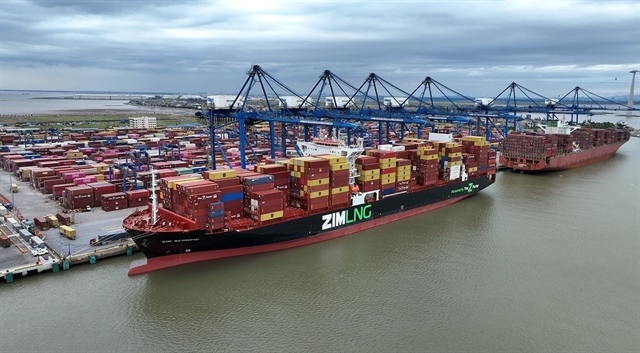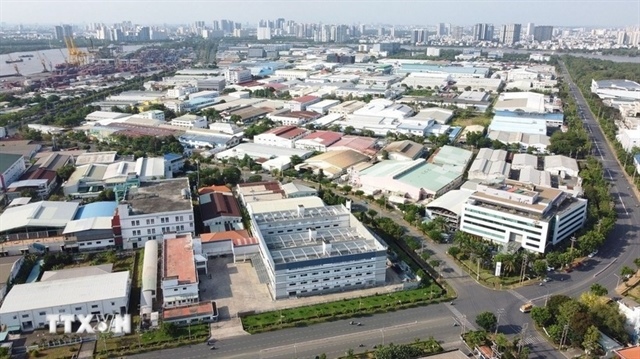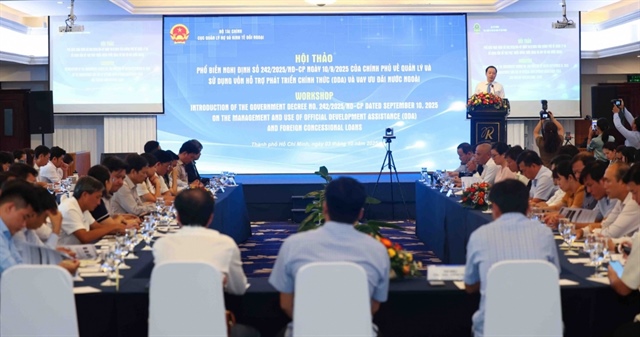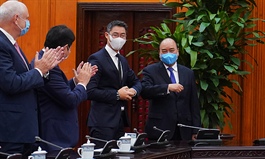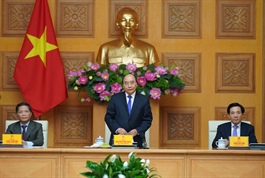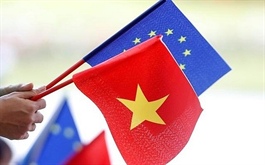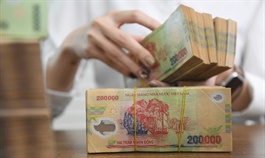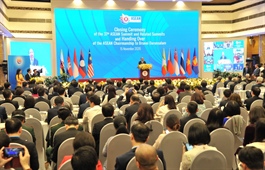The nuts and bolts of new RCEP deal
The nuts and bolts of new RCEP deal
The 15 countries in the Regional Comprehensive Economic Partnership carried out a virtual signing ceremony on November 15. Dr. Deborah Elms, executive director of the Asian Trade Centre, in Singapore delves into the specific details and explains how companies can get ready to utilise the agreement.

Dr. Deborah Elms, executive director of the Asian Trade Centre, in Singapore
|
The Regional Comprehensive Economic Partnership (RCEP) will have important implications for trade in the region, for economic integration, and for the future of trade policy. The basic structure of the deal includes 20 chapters, making it a comprehensive trade agreement that includes commitments in areas like goods, services, investment, intellectual property rights, competition, trade remedies, standards, e-commerce, and dispute settlement.
Many of these chapters were not included in the underlying ASEAN+1 agreements that formed the original core of the RCEP. Completing these negotiations took significant time, which is partly why it has taken eight years to conclude the deal.
Overall, it represents a significant achievement. The 15 countries involved (Australia, Brunei, Cambodia, China, Indonesia, Japan, Laos, Malaysia, Myanmar, New Zealand, the Philippines, Singapore, South Korea, Thailand, and Vietnam) are very diverse in nearly every imaginable dimension. Getting an agreement that could successfully navigate the domestic constraints and starting points in all 15 countries is an important accomplishment.
The RCEP also represents the first time that many members have engaged in this sort of trade arrangement: especially between China, Japan, and South Korea. As expected, this created additional friction as officials grappled with managing outcomes.
To get everyone to agree to similar provisions, it had to show some level of flexibility in approach. As an example of creative solutions to challenges, the trade facilitation chapter includes an annex in which some individual member countries negotiated different timelines for date of entry into force for specific provisions.
What does this mean in practice? The agreement itself could be more ambitious overall, with some members able and willing to sign on to the entire chapter of commitments at the outset. Some countries, such as Cambodia which has trade facilitation systems, regulations, and legislation that need substantial adjustment to come into compliance with new RCEP rules, have made commitments with a range of dates for specific provisions.
Cambodia asked for, and received, an extension of five years to implement provisions like the application of digital technology at customs and the same 5-year extension for introducing a range of new rules to manage express shipments.
Indonesia asked for delays until February 2022 on two provisions for advance rulings and risk management, while Malaysia also asked for one timeline adjustment to February 2022 for express consignments.
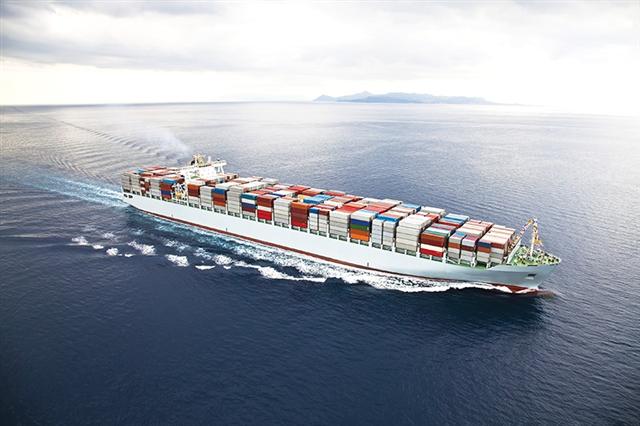
Photo: Shutterstock
|
Schedule variations
Building in implementation delays for some developing country members is an ASEAN tradition that just makes sense. While accepting ambitious commitments helps move the organisation forward, reality suggests that some timelines are simply not going to be met. Hence, having the same commitments with delayed timelines for specific items can create win-win outcomes.
Similar levels of flexibility can be seen in the schedules for trade in goods. Some members have just one tariff schedule that is on offer for all other members. In other words, exporters into these markets from any member country will receive the same tariff.
As an example, all imported coffee cups sent from any RCEP member business into Australia or Cambodia will be charged the same tariff for qualifying coffee cups at the border.
The rest of the countries have some variations in their schedules. For instance, Indonesia has schedules for ASEAN and separate schedules for each of ASEAN’s dialogue partners. Coffee cup exporters will need to consult the schedule that matches their country of origin to see what tariff rates are on offer.
Since coffee cups should not be viewed as sensitive, it is likely that this line received the same tariff treatment in all of Indonesia’s six schedules.
In all markets, the tariff schedules extend to at least 20 years. While this sounds (and looks) alarming at the outset, note that most of the tariffs are cut or even eliminated long before the end of the scheduled period. An unexpectedly large number will be dropping or gone completely on the date of entry into force.
In a surprise, it looks like RCEP members managed to schedule more agricultural trade than originally anticipated. Some of the timelines are long and many sensitive tariff lines never drop to become duty or tariff free.
But the number of tariff lines that are simply carved out or excluded appears more modest than expected. Future work will help unravel these agricultural complexities in greater detail as there are always complications like tariff rate quotas to note.
Many more tariffs, overall, have been eliminated and many lines drop quicker than expected as well. Member governments are already trumpeting high overall levels of tariff reductions, but these are probably tough to calculate accurately, given all the complexities built into 15 member’s tariff arrangements.
As expected, RCEP members agreed to one rule of origin for all goods trade. This means that once a product is created to meet the deal’s originating criteria, the rules are the same for all 15 member economies.
A coffee cup, to continue the illustration, needs to either reach an RCEP regional value content (RVC) level of 40 per cent or undergo a change in tariff heading. Once a firm can demonstrate that either criteria has been met, it can be shipped without any further adjustments into all 15 economies and receive any lowered tariff benefits on offer to businesses.
The basic RVC rule of 40 per cent RCEP content is surprisingly modest. It could certainly have been drawn at a higher overall level. Firms should have less difficulty meeting 40 per cent value addition when the originating materials can be drawn from across 15 substantial economies.
Openness and protection
The services trade, much like textiles and garments, is also complex to understand and see what new access might be on offer. Eight members including Vietnam have opted to schedule services using a “positive list” approach. To simplify greatly, only those services and investment sectors listed in the Annex II Schedules of Commitments are opened for RCEP participation.
The remaining members (Australia, Brunei, Indonesia, Japan, South Korea, Malaysia, and Singapore) chose to use “negative” list scheduling for services and investment in Annex III. In these schedules, governments are required to include any exceptions from the general principle that all services (and investment) will be opened for competition from RCEP member firms.
It is possible, of course, to receive similar levels of openness and protection in both approaches. Having a negative list does not automatically mean greater access, nor does a positive list need to be limited. For example, Indonesia’s schedule of reservations runs to 111 pages, suggesting significant obstacles to trade and investment that are likely to remain.
Page counts alone do not tell the whole story, of course. Even a single negative list reservation can be deeply problematic for business if it is too sweeping. Clearly, further work will be needed to dive into the details.
Note that all 15 RCEP members used negative list scheduling for investment, and the actual commitments for services and investment will take more time to examine.
Investment conditions do appear, on first glance, to be stronger than anticipated. As an example, members promised to do away with what are called performance requirements, such as those to make invested firms use a certain level of domestic content, export a certain percentage of goods, transfer technology as a condition of investment and so forth. The specific provisions run to over a page and go significantly beyond existing ASEAN commitments.
This will be examined more carefully later, but the typical structure of investment protection known as investor-state dispute settlement is not included.
However, the agreement does have a long section and a separate annex to detail the rules around expropriation. The agreement also pledges to review mechanisms to manage investor disputes within two years of entry into force with a timeline of three years for such negotiations to bear fruit.
This is, as should be obvious, a complicated agreement. Fortunately, members recognised the same thing and have agreed to create an RCEP Secretariat to manage the agreement.
It’s unclear exactly how quickly it will come into being or where it might be hosted, but its inclusion is an important signal that members want a strong RCEP institutional structure to carry Asian trade commitments into the future.
The agreement is now headed towards entry into force. To start, the RCEP requires domestic level approvals in place for six out of 10 ASEAN members and three of five dialogue partners. It will be launched 60 days after the ninth state notifies the ASEAN Secretariat (which is acting for now as the official depositary). The remaining states will join the active agreement 60 days after their own documents are sent to ASEAN. The RCEP is already positioned to grow in the future. Accession countries can submit expressions of interest just 18 months into the agreement.


